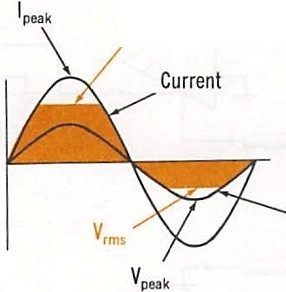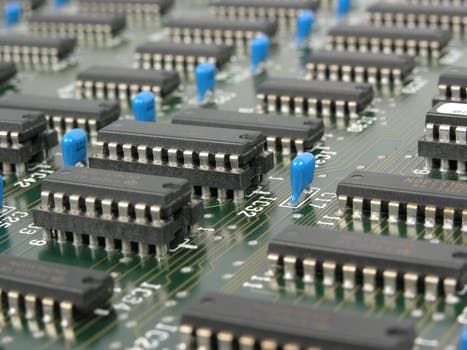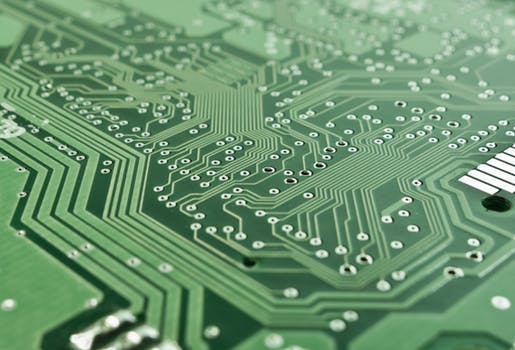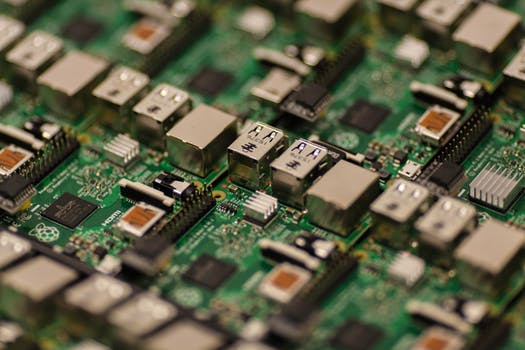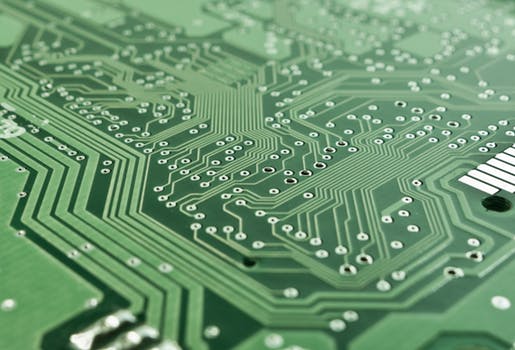For circuit operation, the variations between de and ac functions are not too dissimilar. For de signal voltages, the individual stages of the instrument are directly coupled. Direct coupling can also be used for ac voltage signals, but typically capacitors are used to pass only the ac signal voltages from one stage to another. The test indications for ac must be handled slightly differently because of the nature of ac waveforms and the different ways of describing their levels. One ac wave has average, effective (RMS), and peak values. The analog meter movement responds to the average ac value, but we all use the effective or RMS value to describe a waveform, such as 120-V ac line power. The ac meter is calibrated for the effective value, even though it reacts to the average value.
All About Digital Circuits
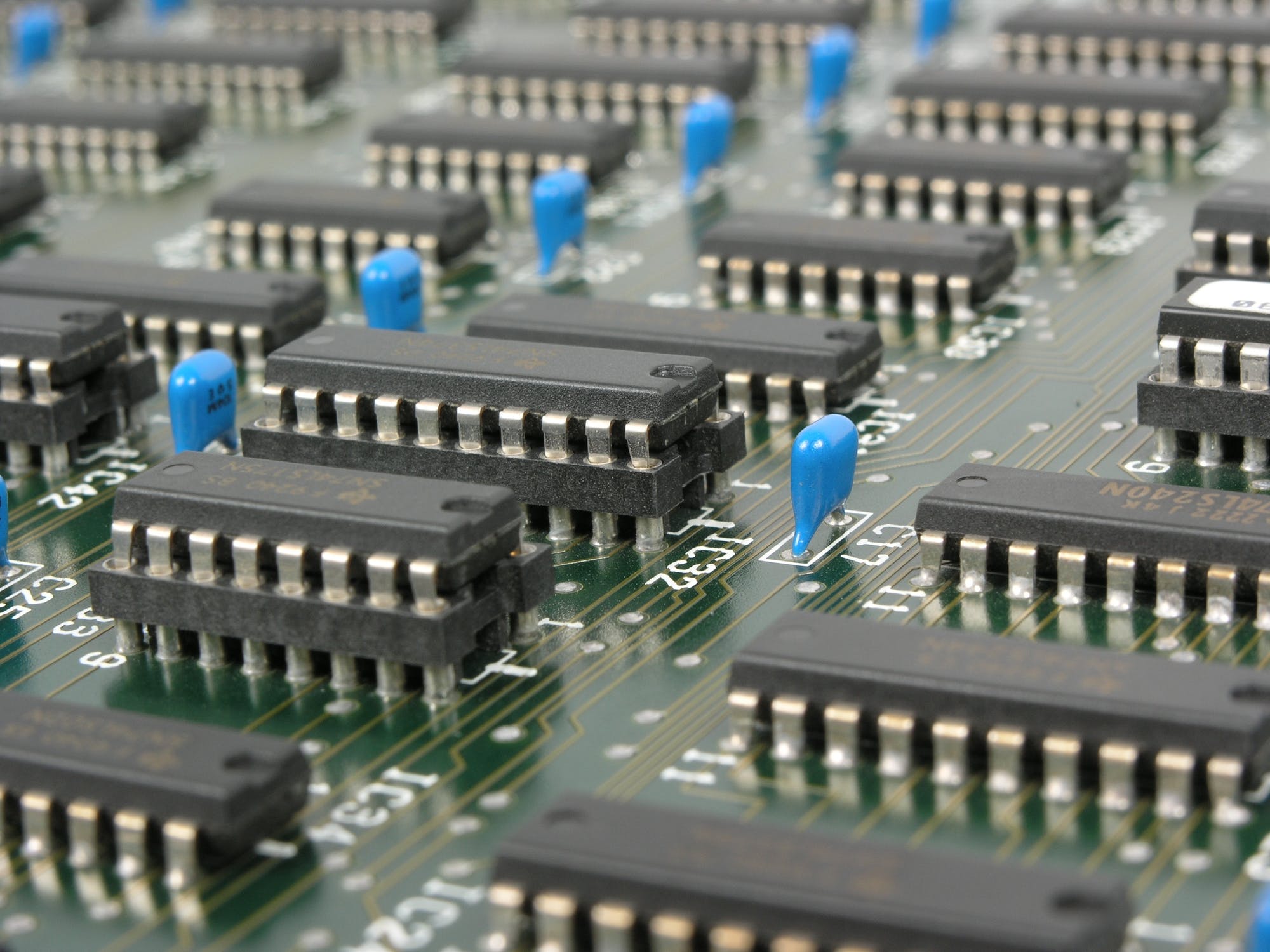
In the ever-changing field of electronic instrumentation, practicality and precision come together to show the paths taken by circuitry and systems. Input networks, amplifiers, op-amps, pulse generators, and oscillators—all fundamental components defining the essence of contemporary electronics—will be covered in this article.
Continue reading “All About Digital Circuits”Enhancing Electrical Safety: A Comprehensive Guide
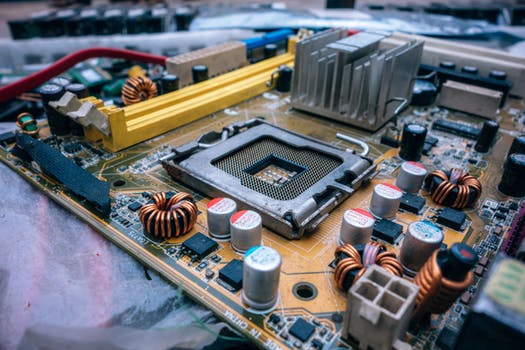
Our daily lives are dominated by electrical systems, which run everything from industrial machines to our houses. However, in order to avoid mishaps and guarantee personal safety, dealing with electricity requires extreme vigilance. Following safety procedures is imperative, regardless of experience level or do-it-yourself enthusiasm. This article explores voltage checks, critical safety precautions, and practical advice for navigating dangerous conditions.
Continue reading “Enhancing Electrical Safety: A Comprehensive Guide”Your Guide to Rectifier Meters

The precision and effectiveness of devices such as rectifier meters are critical to the field of electrical measurements. Among these, the moving-coil meter is particularly dependable for measuring DC, even though its limited movement prevents it from directly detecting AC. However, AC can be converted to DC through rectification, expanding the range of uses for moving-coil meters. In this article, we will discuss the various kinds of rectifier meters, their principles of functioning, and their importance in the field of electrical engineering.
Continue reading “Your Guide to Rectifier Meters”Introduction to Electromagnetism

Electromagnetism. This essential area of research examines the effects that magnetic fields have on electric charges in motion as well as the induction of electric current by shifting magnetic fields. It also examines how electric current or electric fields can produce magnetic fields. Even the origins of electromagnetic radiation are explained.
In the end, electromagnetic theory combines electricity and magnetism under a unified framework, characterizing them as two expressions of the same underlying electromagnetic force.
Continue reading “Introduction to Electromagnetism”Guide to Special-Purpose Meters
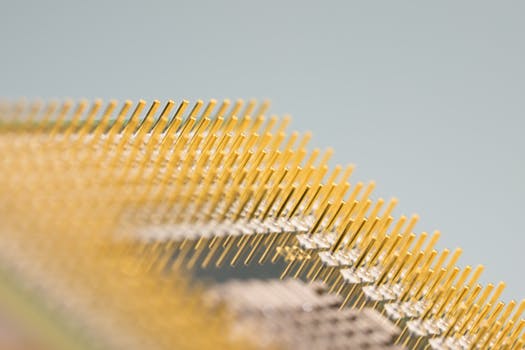
In the intricate web of electrical systems, ensuring precision and stability is undoubtedly critical. From monitoring frequencies to tracking signal strengths and recording vital data, specialized instruments play a crucial role. Among these instruments are Frequency Meters, Field-Strength Meters, and Recorders. Each serves a unique purpose, contributing to the smooth operation and maintenance of various electrical systems.
Continue reading “Guide to Special-Purpose Meters”Ultimate Resistance Testing Guide
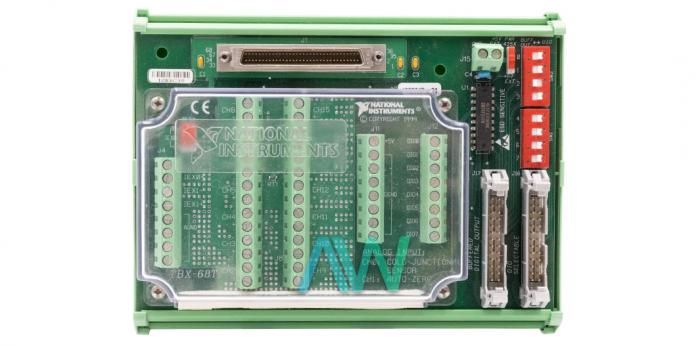
Welcome to the “Ultimate Resistance Testing Guide,” where we’ll dive into the complexities of resistance testing with a streamlined process.
Resistance tests differ from voltage and current tests; they typically involve turning off the equipment and disconnecting its components to guarantee precise measurements. Come along as we examine the several types of resistance tests and discuss the fundamentals of this essential area of electrical testing.
